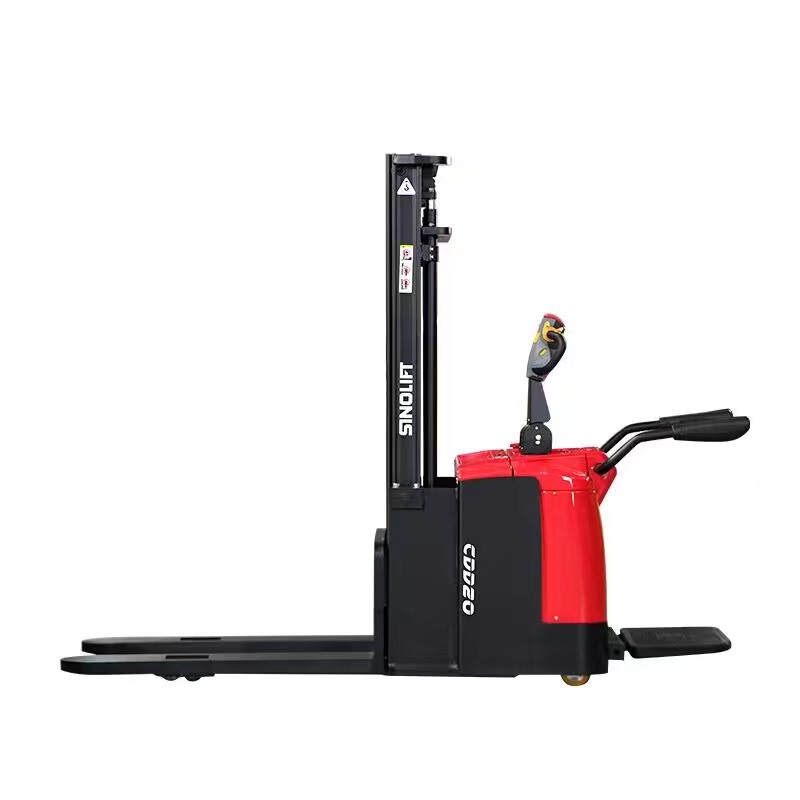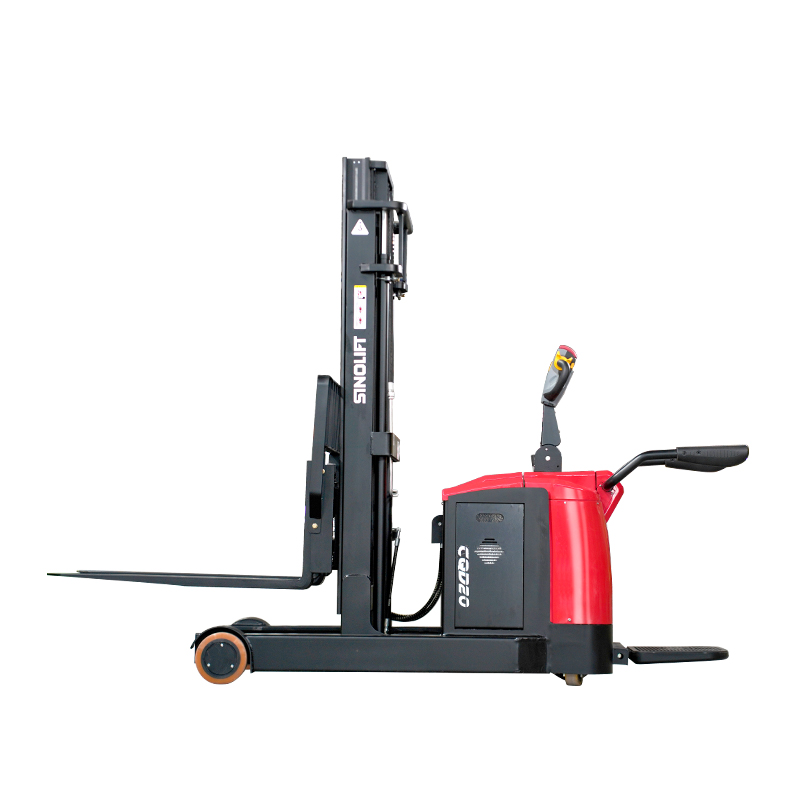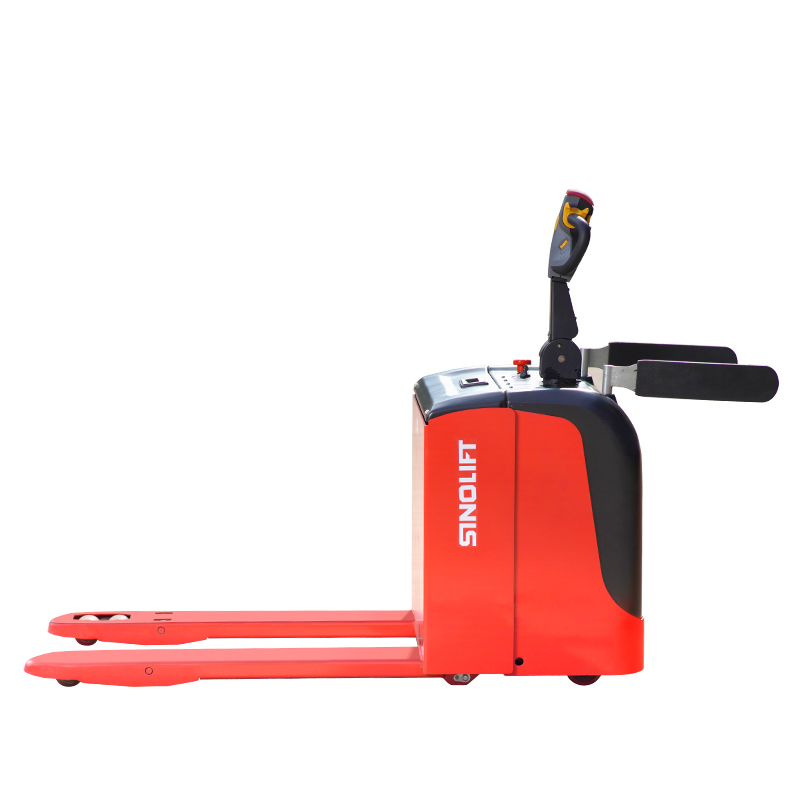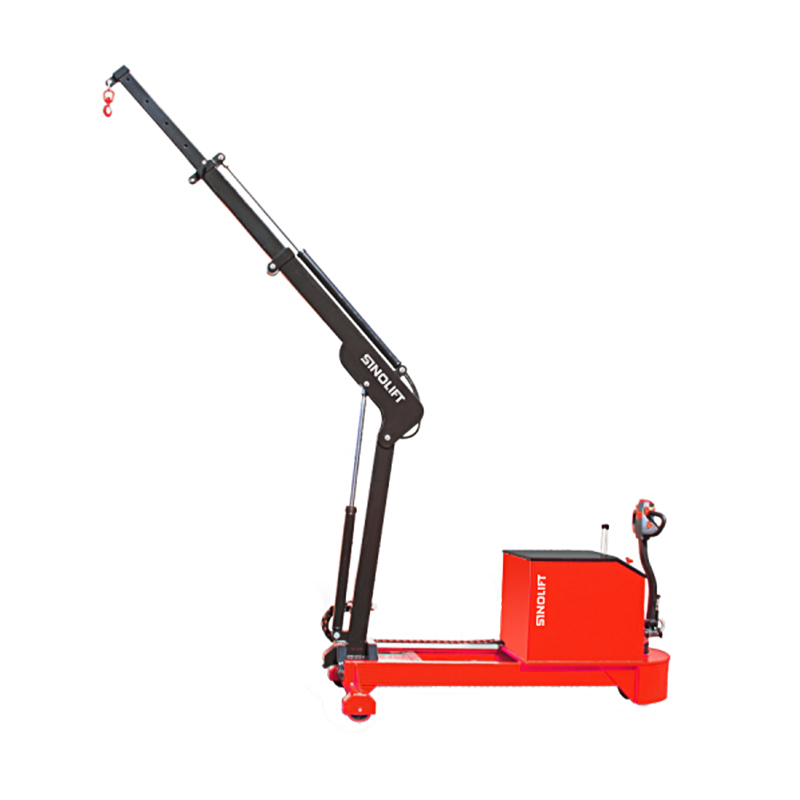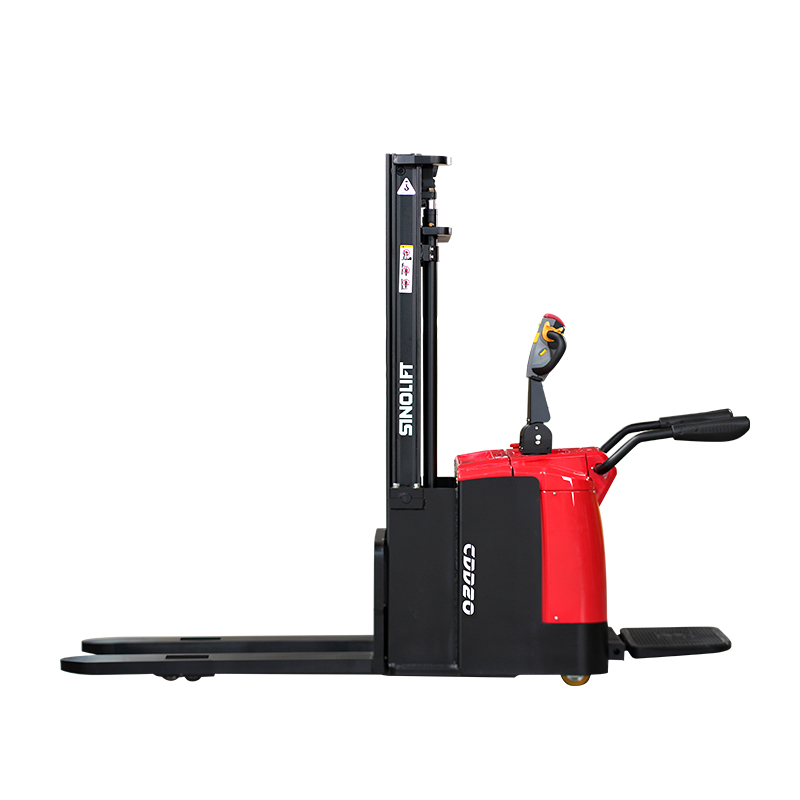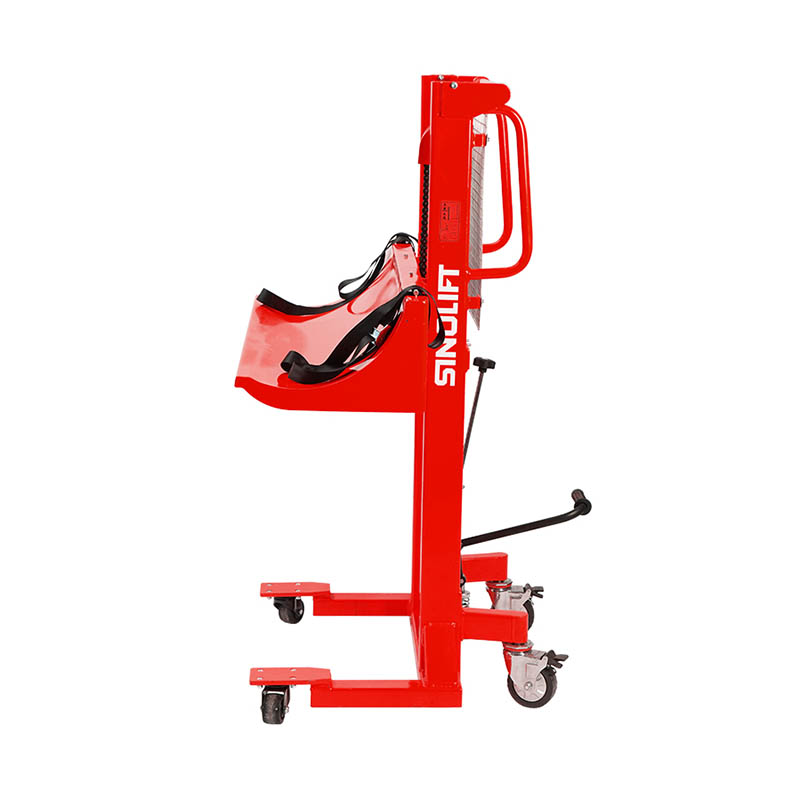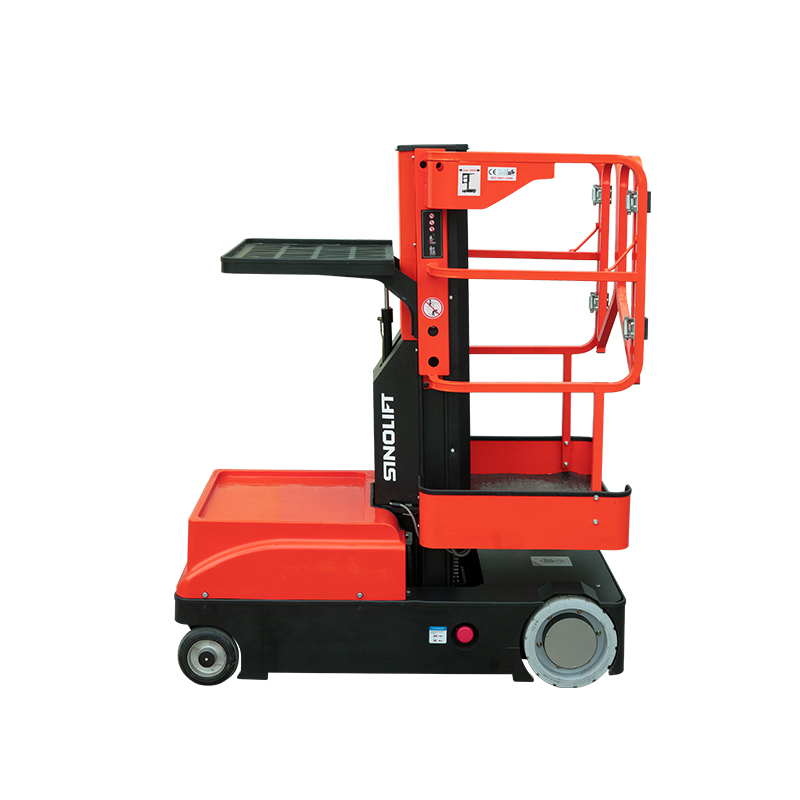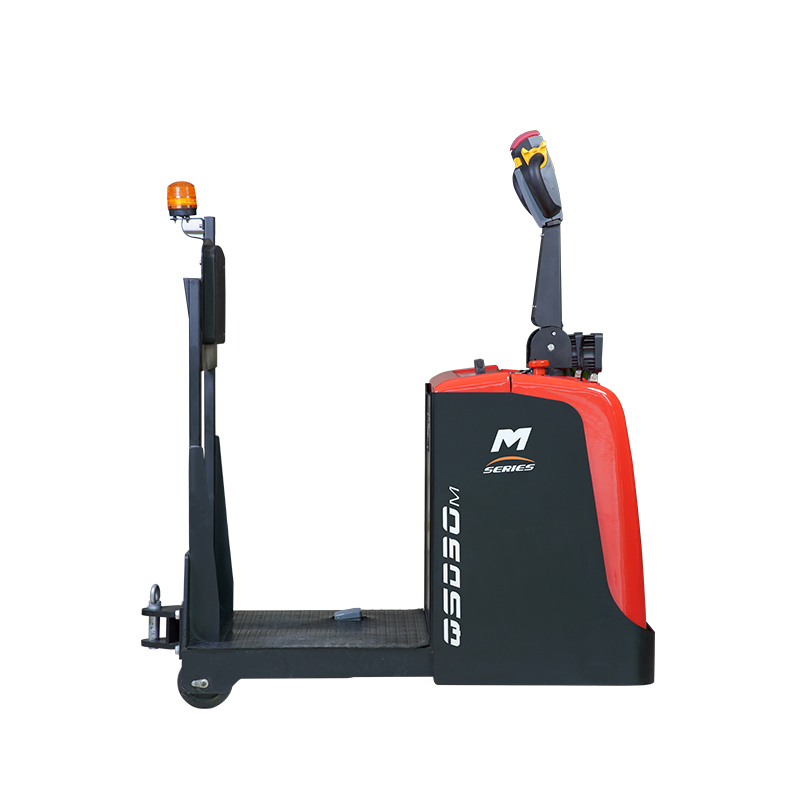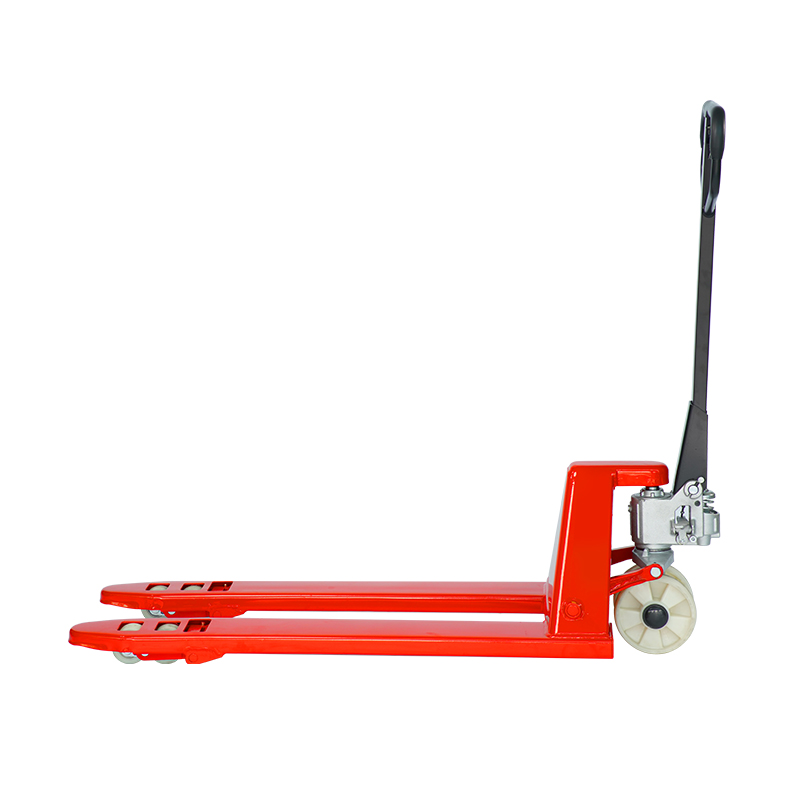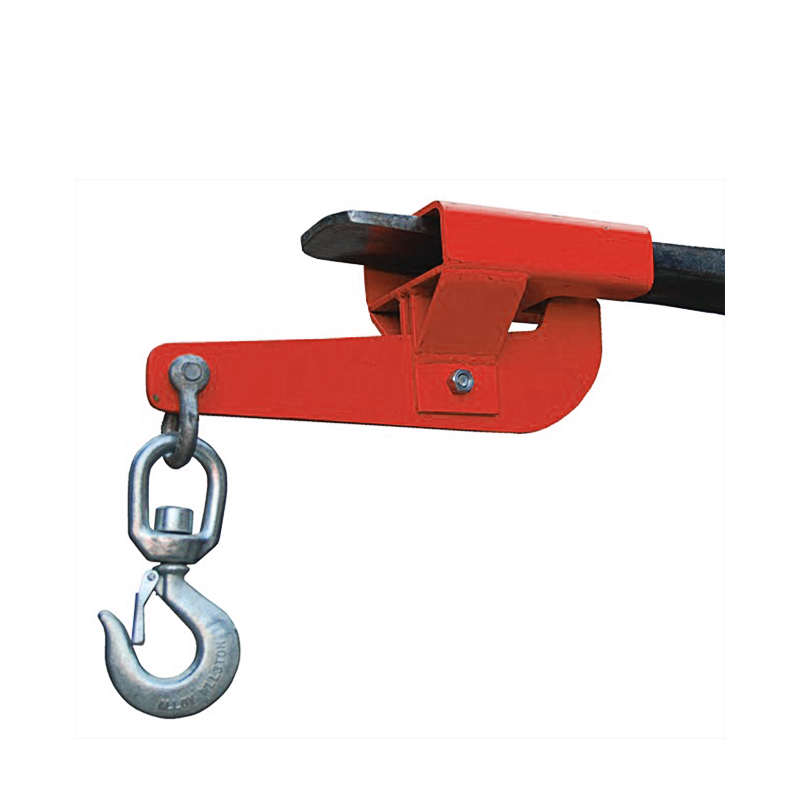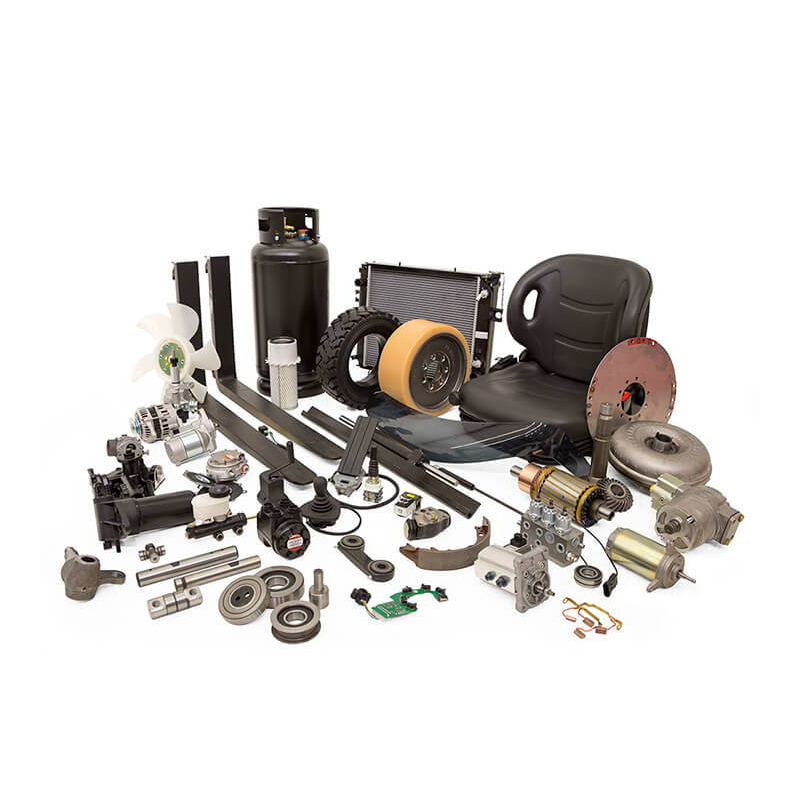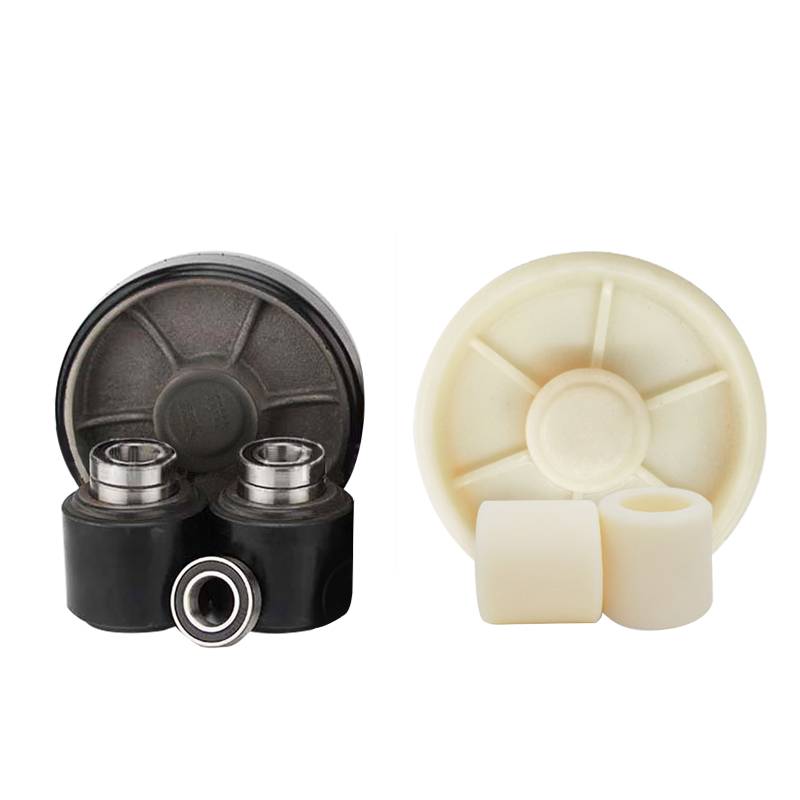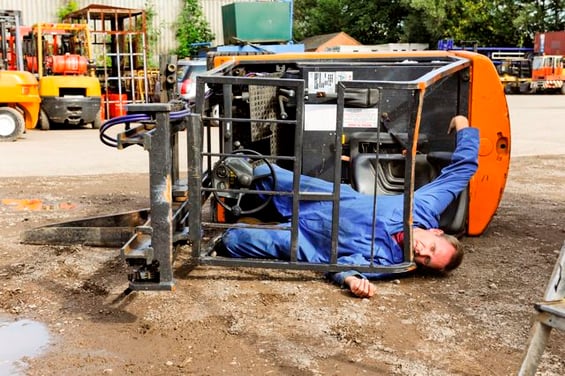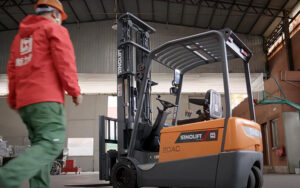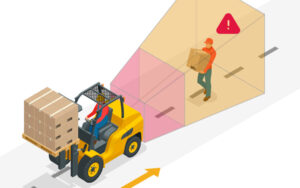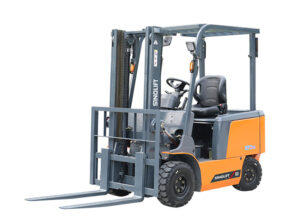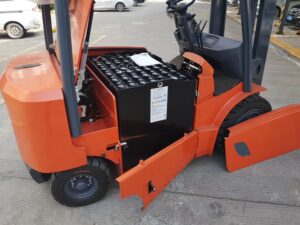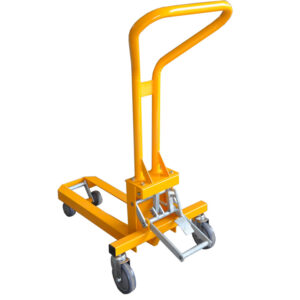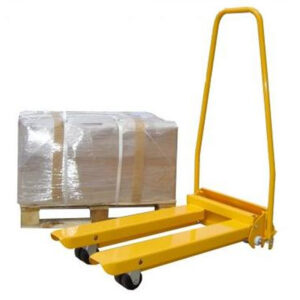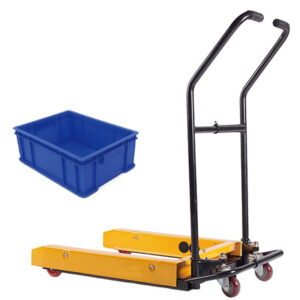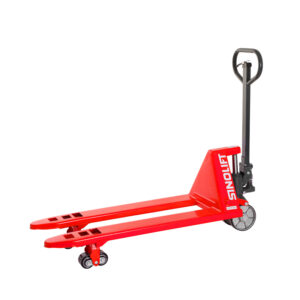Workplace health and safety (WHS), often referred to as occupational health and safety (OH&S), involves the assessment and transfer of risks that may affect the health, safety or welfare of people in the workplace.
This may include the health and safety of your customers, employees, visitors, contractors, volunteers and suppliers. As a business owner, you must comply with legal requirements to ensure your workplace complies with WHS obligations.
1. Provide a safe workplace
Frayed and exposed wires such as old extension cords, leaking flammable liquids and gases, and running wires under carpet are all mistakes to avoid in a warehouse. When building a new warehouse, fire protection must be considered at the beginning of the design process, not after construction or electrical work is complete.
People tend to focus on active systems, such as alarms and fire extinguishers, but by taking an integrated approach that considers passive systems during the design phase, warehouses can be better protected in the event of a fire.
2. Assess risks and implement appropriate controls
Slips and falls may seem like a very minor problem at first, but are a very common warehouse hazard that can be easily prevented by ensuring that the warehouse does not have any of the following:
– Loose materials such as wood chips and loose floors/carpets;
– unnecessary steps or ridges;
– uneven walking surfaces;
– places with poor lighting;
– confusion.

Technicians and trade workers, machinery operators and drivers, and manual laborers made up 31 percent of the workforce, but accounted for 58 percent of total cases and 57 percent of total costs.
New ebook warehouse security
3. Ensuring safe use and handling of goods and substances
Harsh chemicals like asbestos are serious workplace hazards, as are carbon monoxide fumes from vehicles like forklifts. Warehouses need to be well ventilated so the fumes can escape and should be monitored for levels of toxic gases and fumes.
Additionally, many hazards can be created when storing packaged hazardous substances if there is a lack of awareness of the properties of these substances and/or improper storage conditions for the hazards of the substances. Different types of hazardous substances should be evaluated when considering risk control strategies to ensure adequate segregation. Furthermore, hazardous substances should only be received into chemical warehouses by persons who are aware of all the risks they pose in relation to their physical and chemical properties and quantities.
Without proper training for all warehouse operators, warehouses are not only unable to perform to their full potential, but pose serious risks to everyone in them.
4. Provision and maintenance of safe machinery and materials
According to OSHA’s weekly fatality/disaster report, two workers are crushed to death on the job each month (this number is from October 2014 to October 2015 and is not limited to warehouses worker deaths).
Machinery such as forklifts can become dangerous if you underestimate the potential danger. All operators must be aware of the potential hazards of all machines present in the warehouse, no matter how many years they have been using the equipment, and be trained regularly to stay up to date with the latest advice and exercise caution when using any machine.
Work injury and illness cost Australian economy $61.8 billion
77% of work-related injury and illness costs are borne by workers
Accidents can be prevented by following the specific instructions provided for a piece of equipment; machines with moving parts are a common workplace hazard because they can cause the worst permanent injuries if used incorrectly. No amount of experience can completely eliminate accidents – in fact, less experienced workers have been known to be more likely to take a more cautious approach to machines (passing all inspections) because experienced workers believe they no longer need to do so – That’s when accidents can happen. You might be surprised how many accidents are caused by very competent and knowledgeable employees due to complacency.
Effective employee training, well-maintained machines and systematic traffic management will reduce risk, rather than unsafe methods and workplaces imposing overly demanding schedules on operators. Supervisors need to ensure that the equipment being used is suitable for the specific workplace conditions and task at hand to avoid potentially fatal accidents.
5. Assess workplace layout and provide safe work systems
Warehouse managers need to analyze the causes of past incidents, rather than simply documenting the results of incidents.
Knowing that a forklift driver has a broken arm does not tell the manager how to correct the operating procedures that caused the injury, but if the manager knows that the injury occurred when the driver’s arm was outside the forklift cage and he turned too sharply, there are many issues related to procedures, speed and spatial awareness, and warehouse layout. Driver retraining needs may also be called into question.
Lessons need to be learned from every incident, no matter how small, to prevent further harm.
6. Provide suitable working environment and facilities
Every warehouse is designed and maintained to ensure that any part of the building is always clear, even when repairs or maintenance are being done to the building.
When there are people in the warehouse, it must not be locked to prevent escape from inside. Exits must be marked with clearly visible signs in a language understood by everyone working in the warehouse. This includes indicating the path to the exit as well as the exit itself.
Warehouse managers should walk around their facility to ensure they can see exit signs at all times and there is no ambiguity – employees unfamiliar with warehouse layouts or reacting hastily to emergencies can easily confuse closet or bathroom doors with exits, for example , especially in the event of reduced visibility due to fire. All exit routes must be free of explosive or highly flammable furniture and should not direct employees along paths near hazardous areas.

